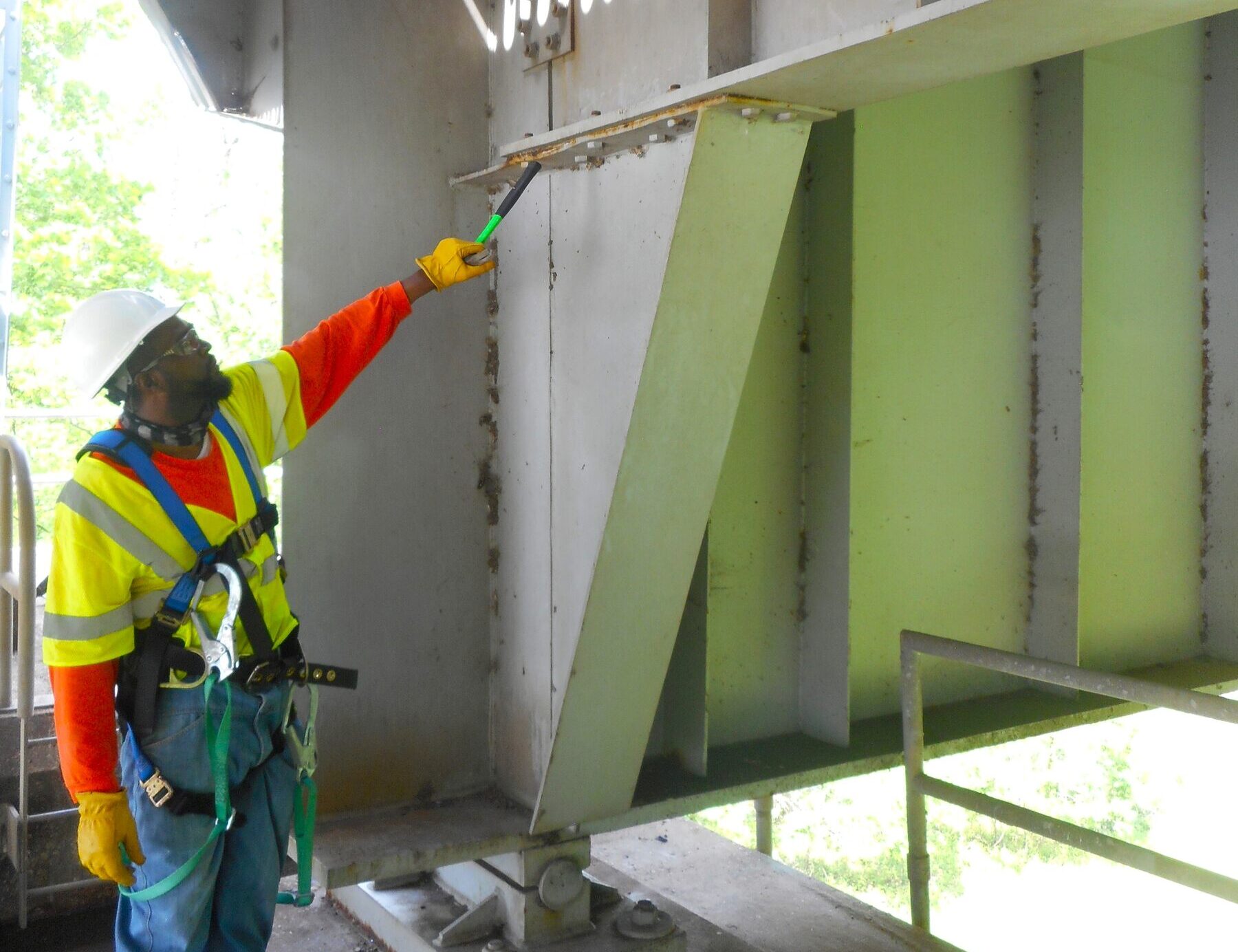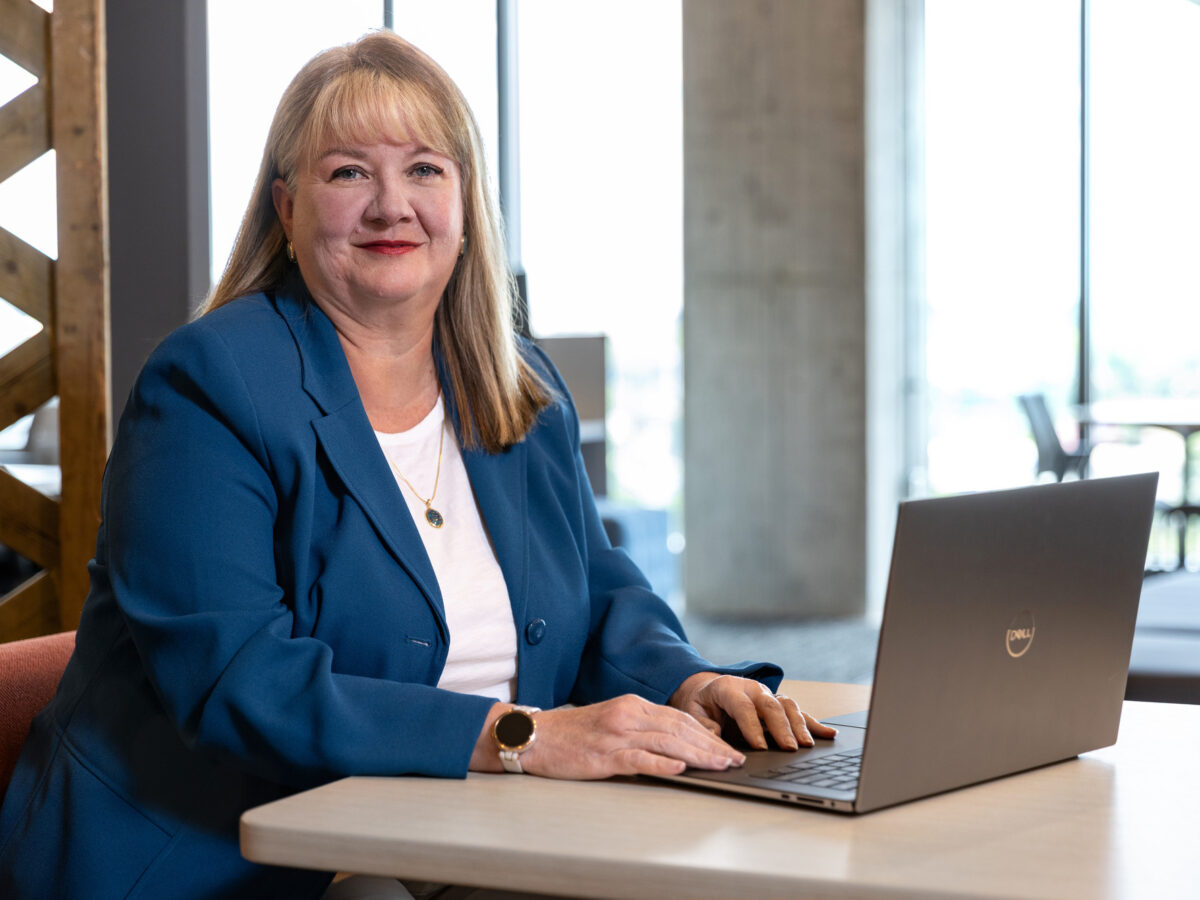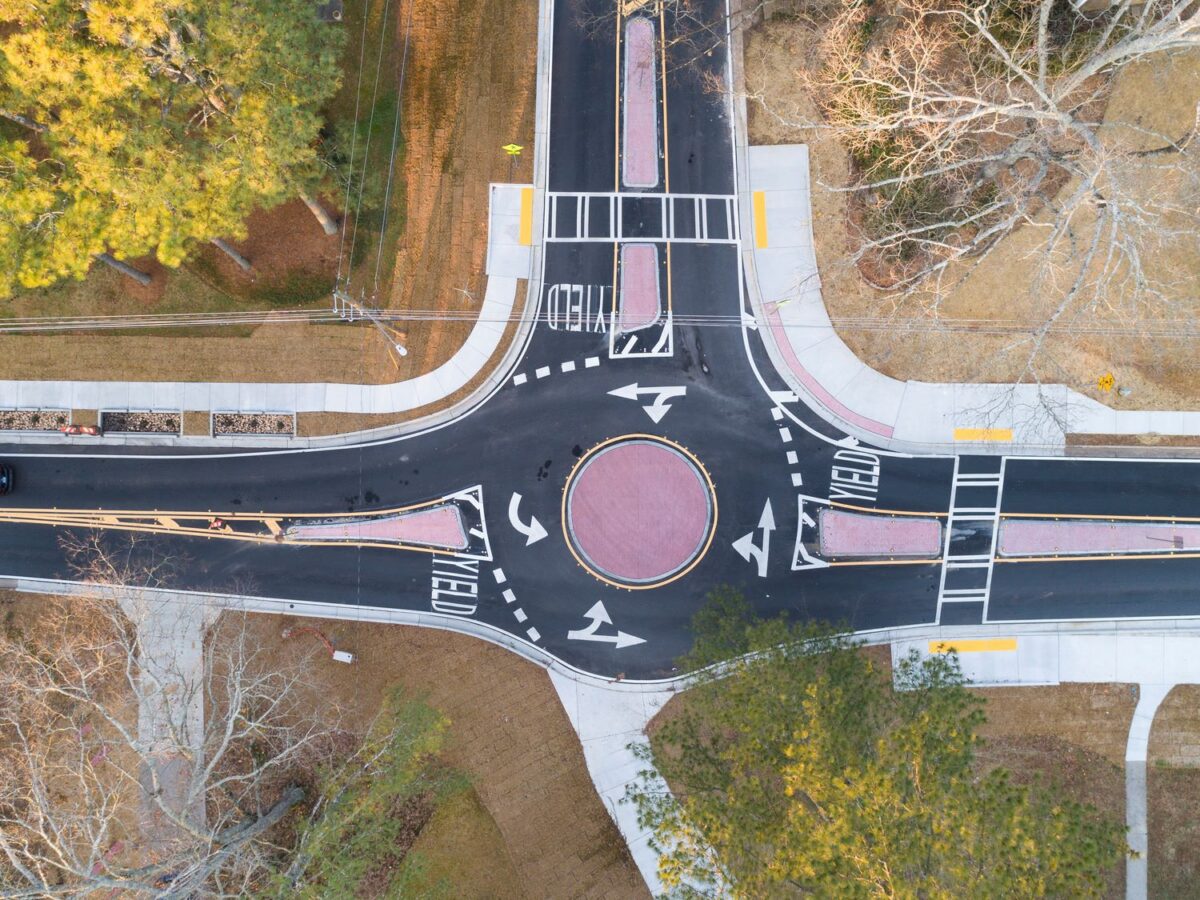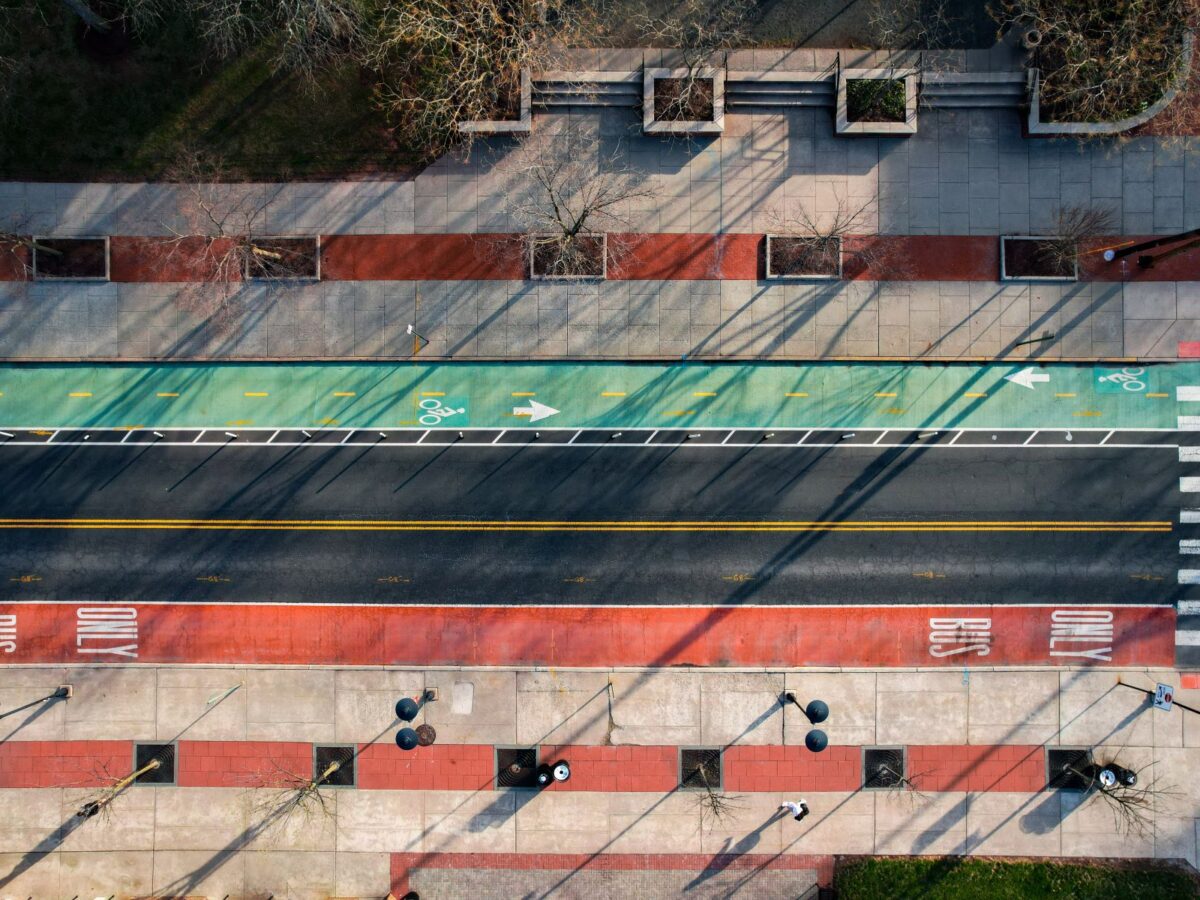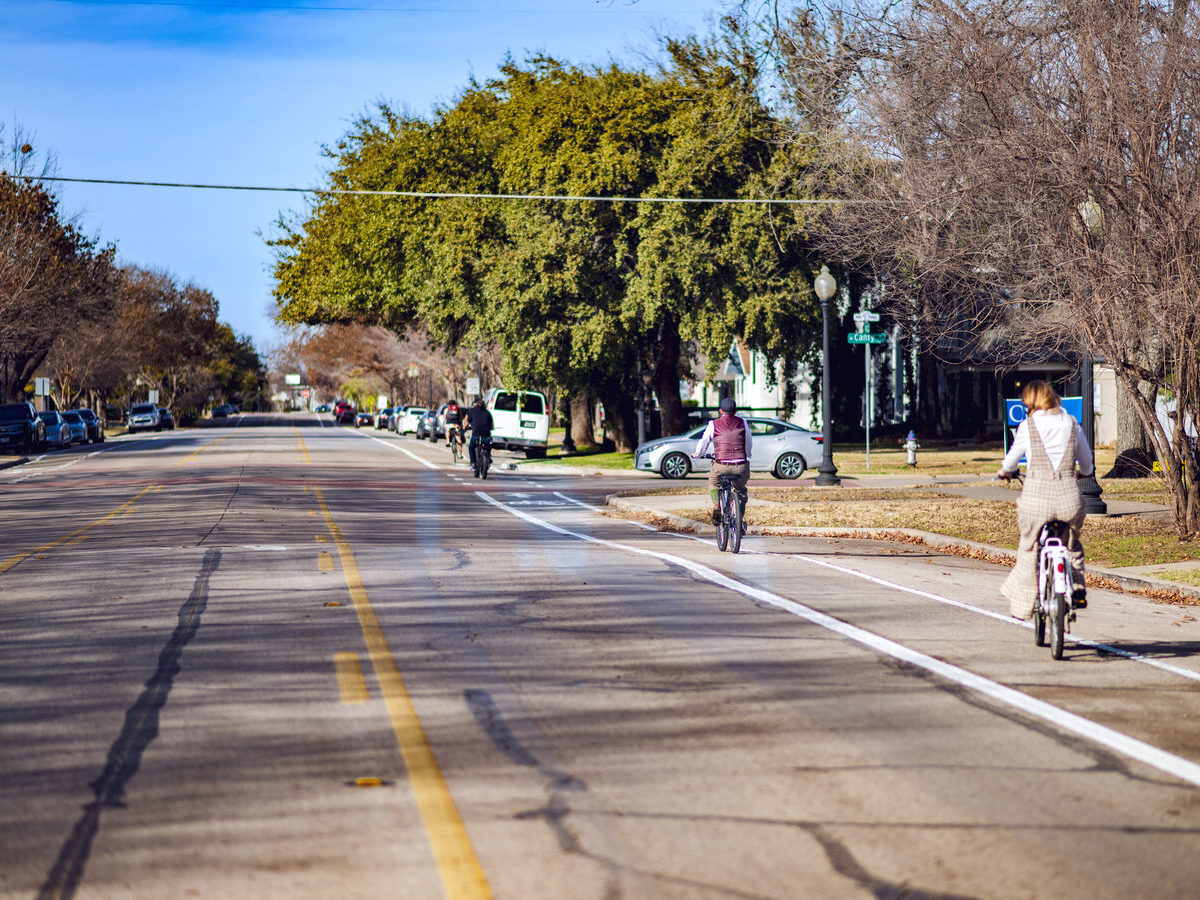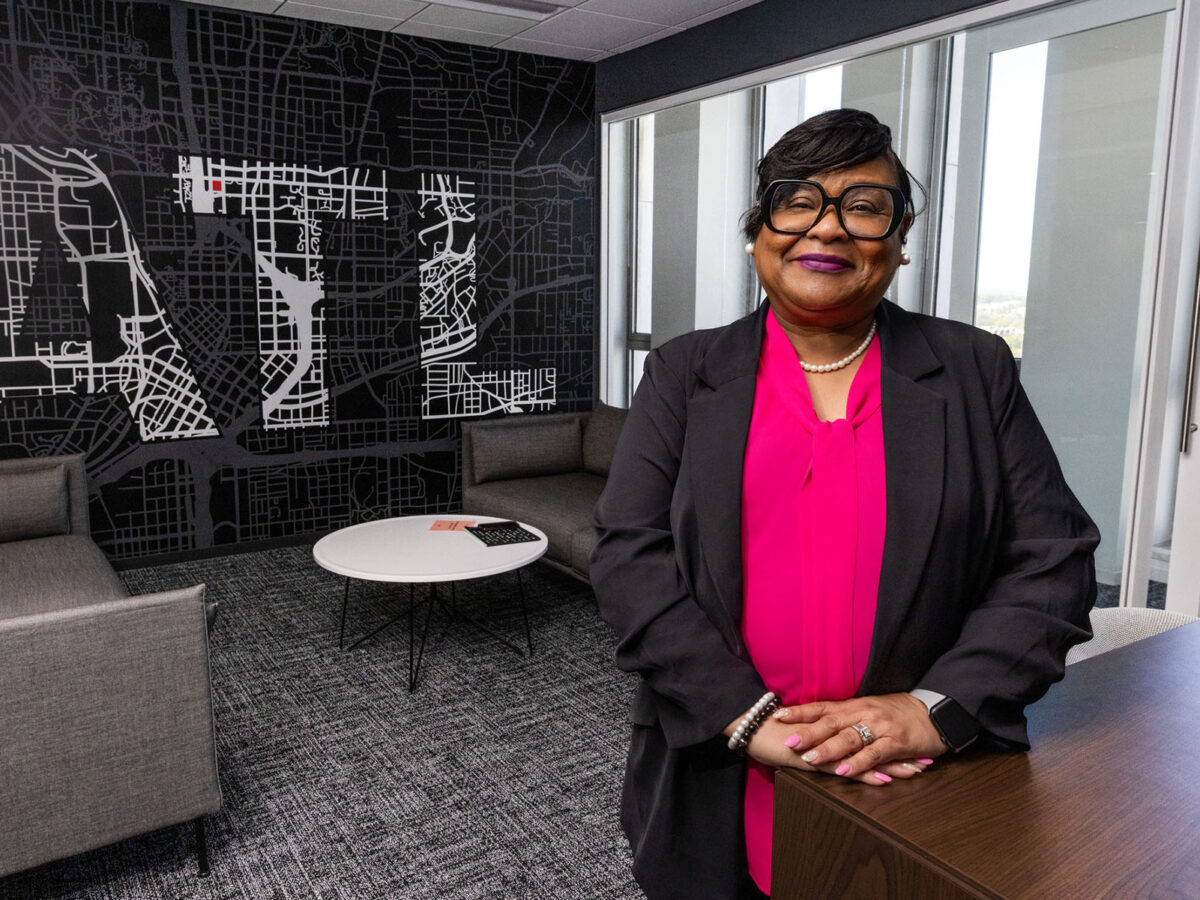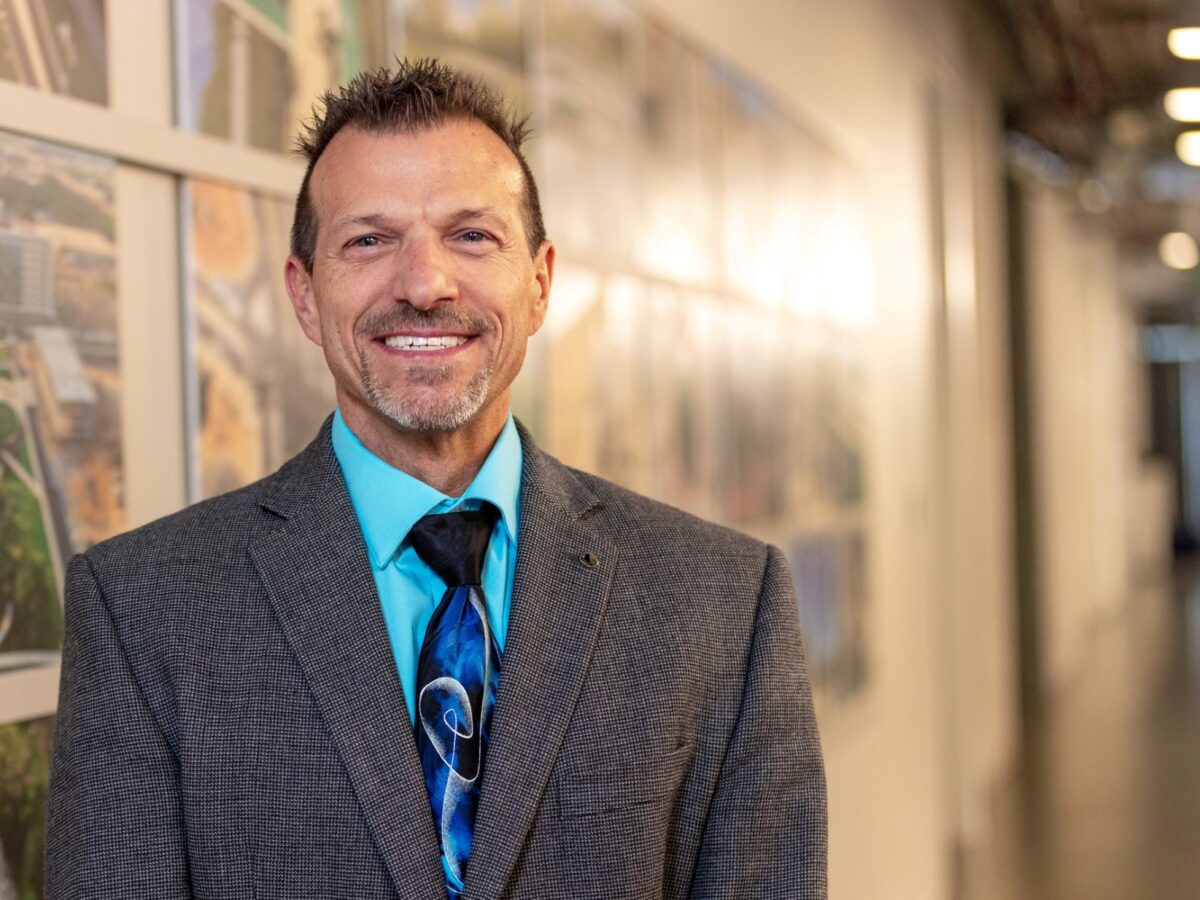At Gresham Smith, safety is a top priority. Recognizing that each voice in the field has a unique safety message to share, Johnetta Scales, Gresham Smith’s safety and security manager, sat down with Courtney Rome, a project engineer and bridge inspector with the firm’s Louisiana Transportation group, to discuss safety on the job site and more from his experienced perspective. In this blog post, we unveil some key insights from their conversation that highlight the importance of prioritizing safety in the challenging environment of bridge inspections, where the stakes are high and the dangers are real.
Johnetta Scales: Tell us a little bit about your background.
Courtney Rome: My professional journey in bridge design began 13 years ago at the Arkansas Department of Transportation. I joined Gresham Smith in 2017, where I’ve spent the past six years. While my initial focus at the firm was on bridge design, I soon transitioned to bridge inspection, which are interrelated roles. We recently wrapped up a five-year contract in Louisiana that explored some of the more complex elements of bridge inspection, including assessments that go beyond the usual, like utilizing specialized equipment to inspect beneath a bridge.
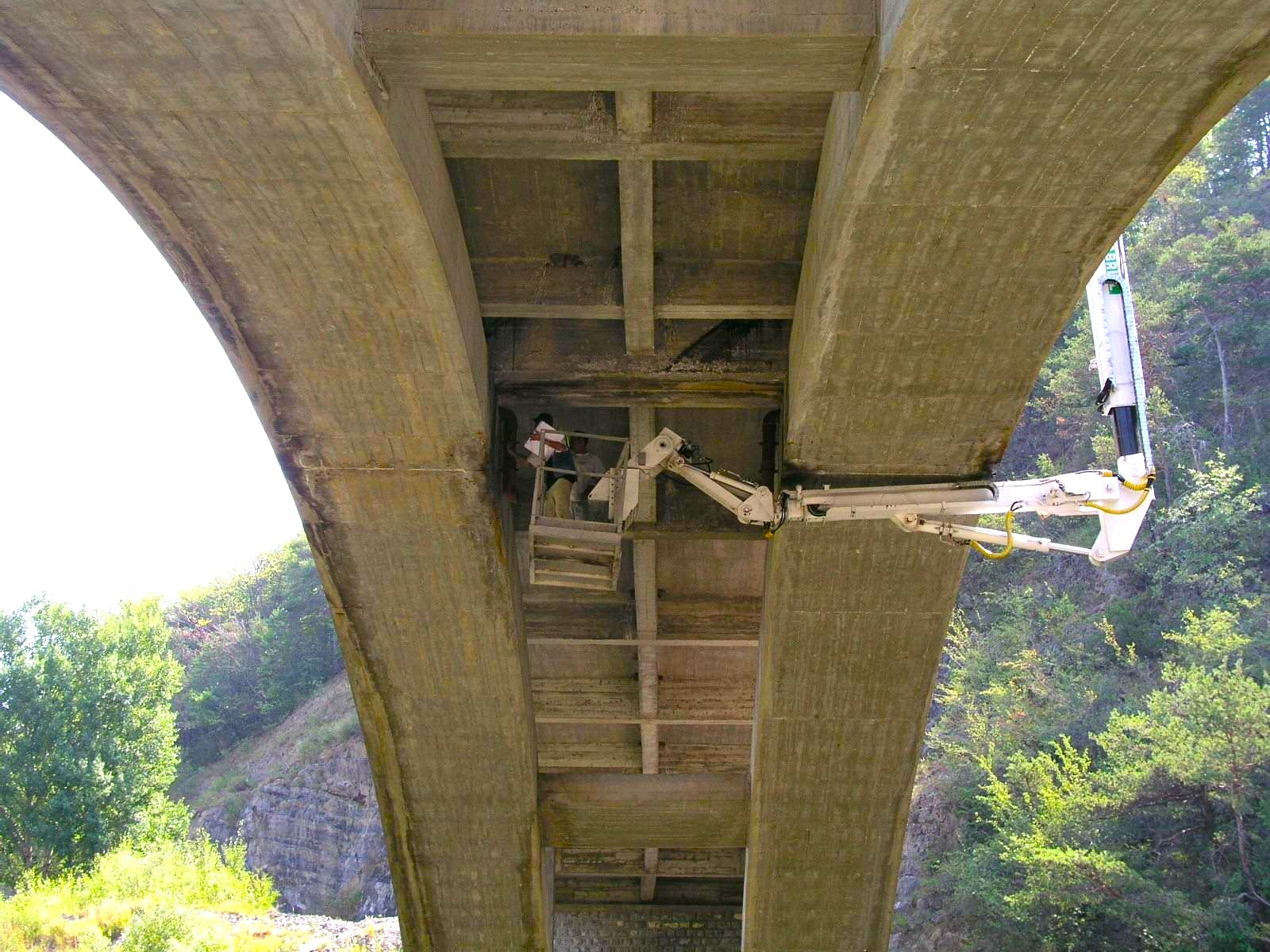
Johnetta: What does the inspection process entail?
Courtney: This particular method of bridge inspection utilizes what’s known as a “snooper truck.” This multipurpose bucket truck is equipped with up to four hydraulic, extendable booms, which gives the operator precise control during the examination of a wide variety of bridges. The process usually starts by lowering the bucket from the bridge to conduct the inspection, but in certain situations, we may raise the bucket to the bridge if the snooper truck is positioned below. Communication between the operator and the inspector is facilitated through an intercom system.
Onboard the bucket, the bridge inspector—aka me—thoroughly assesses the structural integrity and safety of the bridge components. We look for signs of wear and tear, damage, and potential issues that may arise in the future. Working from the bucket presents some unique challenges. Firstly, you’re constantly exposed to the elements, often suspended 100 feet or more above water. In the winter, the wind chill can be excruciating. Additionally, you’re confined to the bucket for the entire eight-hour workday, making granola bars, fruits and sports drinks essential provisions. When I first entered this line of work, I seriously questioned my decision. However, my past experience in outdoor and hazardous jobs proved invaluable.
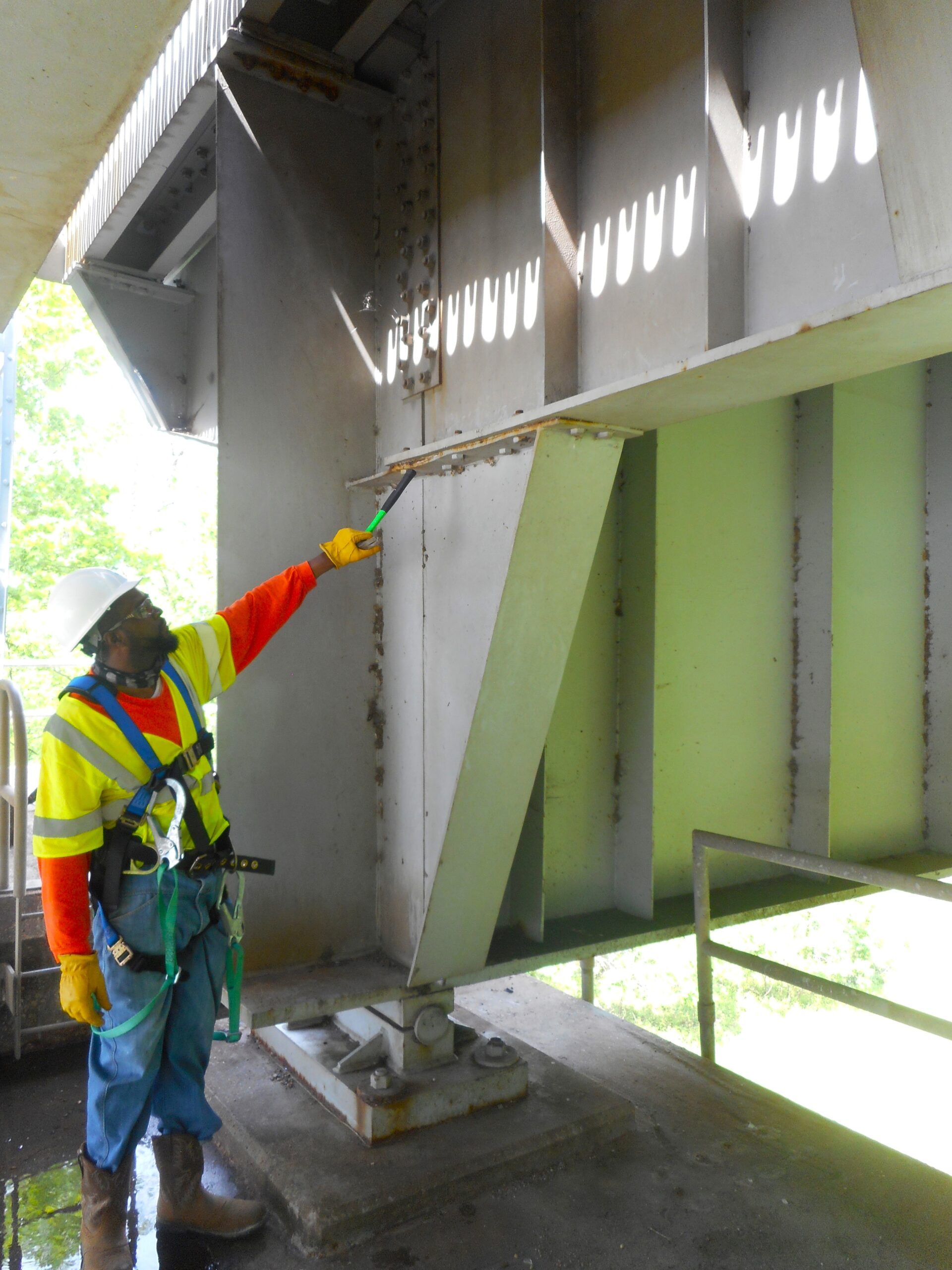
Johnetta: Given the inherent risks of your job, how do you make use of Gresham Smith’s safety tools and resources in your day-to-day operations?
Courtney: Gresham Smith’s safety tools and resources are integral to our daily operations and safety management. First and foremost, we fully leverage the safety training programs provided by the firm. These programs not only equip our team with the knowledge and skills we need to identify potential hazards but also help us to effectively manage risks. Our safety guidelines also serve as a valuable field resource as they provide a clear framework for safe practices.
Additionally, we utilize the personal protective equipment [PPE] provided by the firm, with our essential PPE items being our hard hat and safety harness. I vividly remember a rookie incident during my first time in the bucket when my hard hat wasn’t securely fastened. As I watched it make its way to the ground, which felt like an eternity, it made me acutely aware of the height. It not only reinforced the importance of properly securing your hard hat but also served as a wake-up call that even a seemingly minor oversight at considerable heights can have severe consequences. I truly feel that the combination of safety training and following Gresham Smith’s safety protocols has helped us avoid potentially life-threatening situations in the field.
“I truly feel that the combination of safety training and following Gresham Smith’s safety protocols has helped us avoid potentially life-threatening situations in the field.”
Johnetta: What additional measures do you take to stay safe in your work environment?
Courtney: Making sure there is constant communication between the operator of the snooper truck and those working on the bridge is critical to a safe work environment. Additionally, maintaining a heightened sense of situational awareness, whether it’s related to traffic or environmental conditions, is crucial. In Louisiana, we also encounter all kinds of wildlife—from cottonmouth snakes to alligators—when we’re inspecting bridges in swamps and bayous accessible by foot or boat. In those cases, we wear chest-high waders when entering the water, which is often murky and filled with unknowns.
We also prioritize safety through daily “tailgate” meetings at the start of each morning. During these sessions, our team discusses potential challenges, emergency response plans and even personal well-being in terms of how we’re feeling that day, which significantly contributes to on-site safety.
I think it’s important to note that physical preparedness is key for this type of work. Before a bridge inspection assignment, which can last anywhere from one to two weeks, I undergo a kind of “training” to make sure I’m physically ready for the challenges ahead. This includes spending days walking around in my heavy work boots. If you haven’t worn your boots for six months, you just can’t start wearing them your first day, or you’ll truly be dragging. Transitioning from an office environment with air conditioning to working eight hours a day in the elements requires both physical and mental preparation for such a paradigm shift.
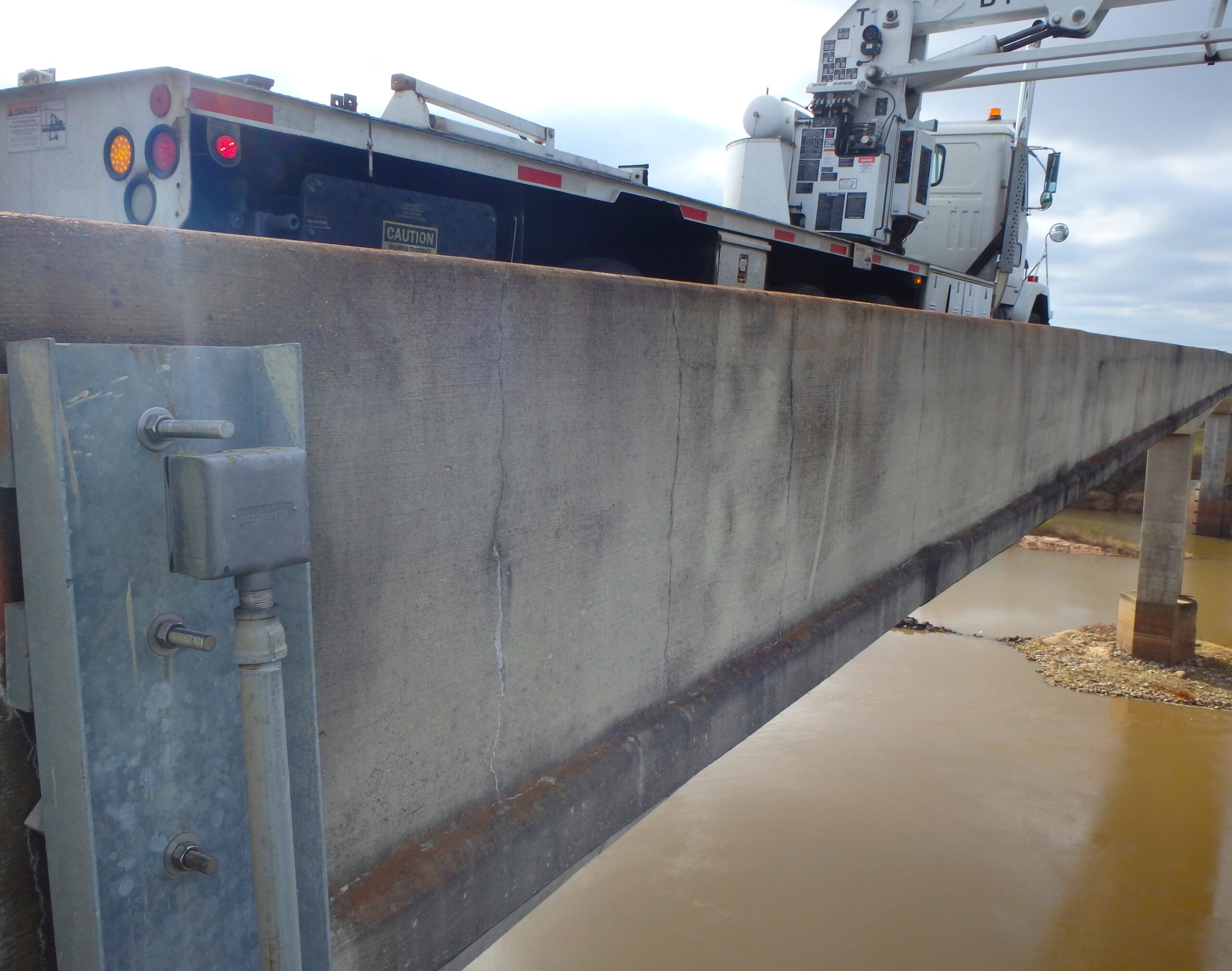
Johnetta: What is the most harrowing or unsafe scenario you’ve ever witnessed in your work, and what did it teach you?
Courtney: The most harrowing scenario in my work doesn’t involve a specific incident, but a constant awareness of the risks we face, especially getting too close to traffic or not paying attention to our surroundings. One scenario that always comes to mind is working on bridges with live traffic. The proximity to moving vehicles poses a significant hazard, and there have been times when either I or a member of the team have come uncomfortably close to traffic. These moments serve as a sobering reminder of the dangers we face and underscore the importance of staying alert at all times.
“… our team discusses potential challenges, emergency response plans and even personal well-being in terms of how we’re feeling that day, which significantly contributes to on-site safety.”
Johnetta: How do your clients guide safety at the job site?
Courtney: Our clients play a crucial role in guiding safety measures at our job sites. For example, as we set up traffic control with cones and crash trucks, clients like Louisiana DOT and Mississippi DOT will review our plans and provide valuable input based on their extensive experience. They share lessons learned and best practices, sometimes recommending methods they’ve found effective over their years of infrastructure ownership. We greatly value this collaboration, especially when we’re approaching an inspection for the first time.
“… it’s about making sure that everyone returns home safely to their loved ones at the end of each day.”
Johnetta: What personal safety message would you like to share?
Courtney: My overarching message is that safety is a collective commitment. It’s not just about one individual’s well-being—it’s about making sure that everyone returns home safely to their loved ones at the end of each day. This involves fostering a culture of shared responsibility, effective communication, and establishing proactive measures to create a safe and secure work environment. Together, these factors form a strong foundation that not only helps reduce risks and hazards but also promotes a job site where every team member actively participates in safeguarding each other’s welfare.
